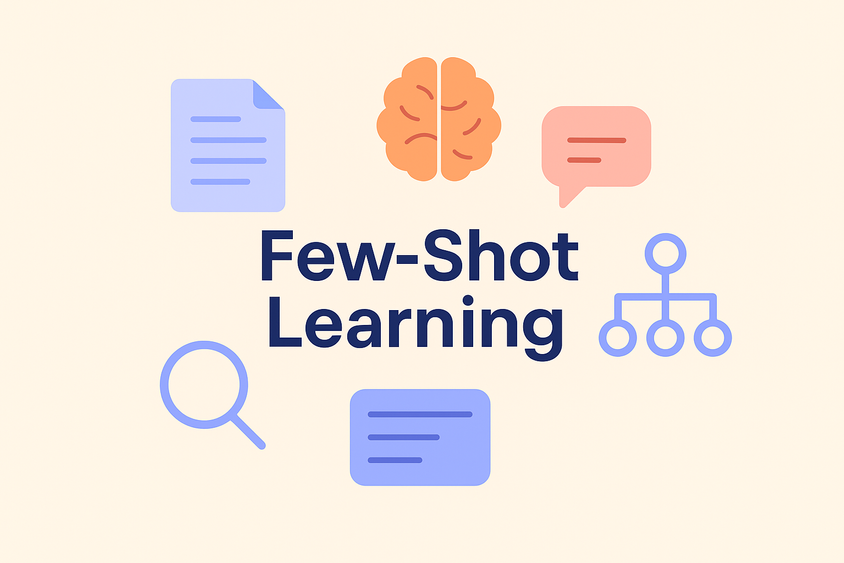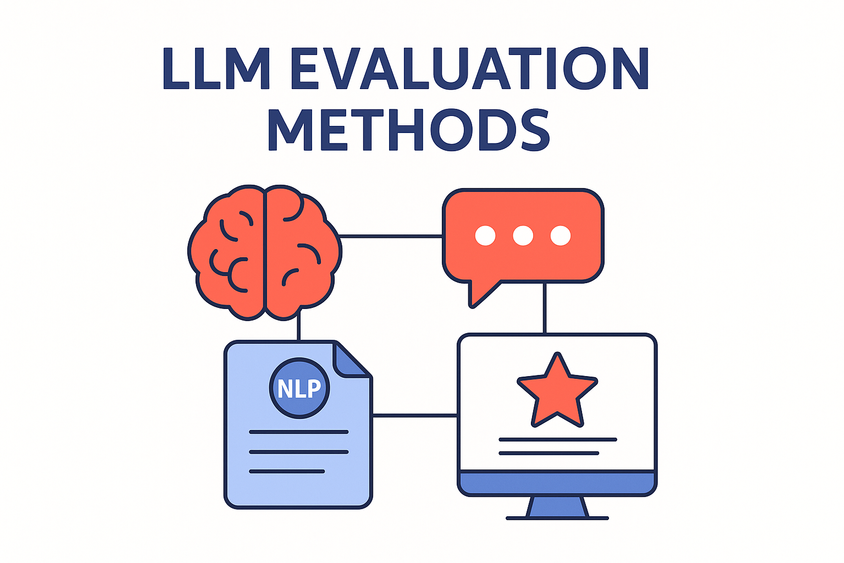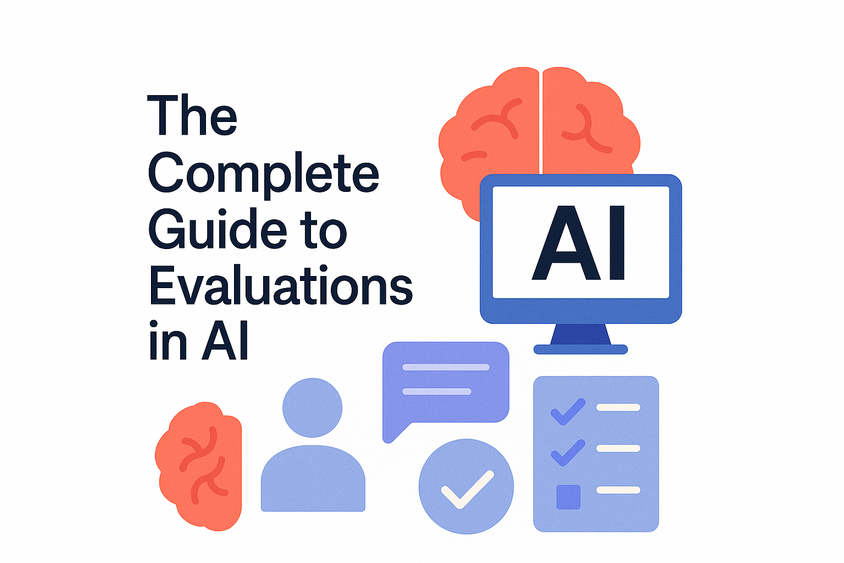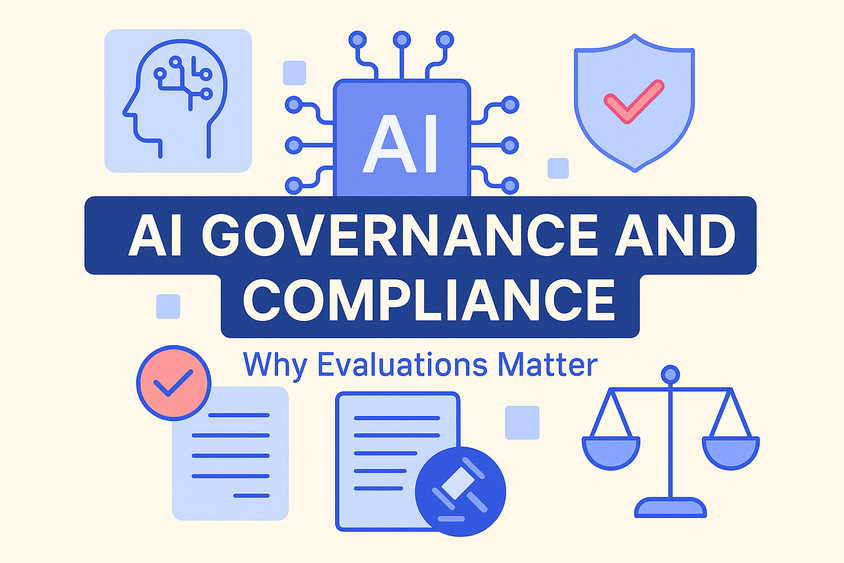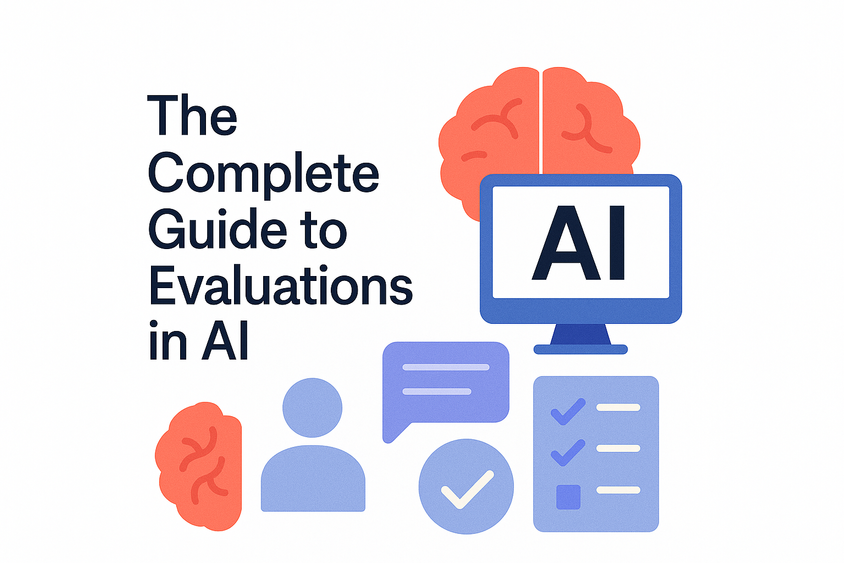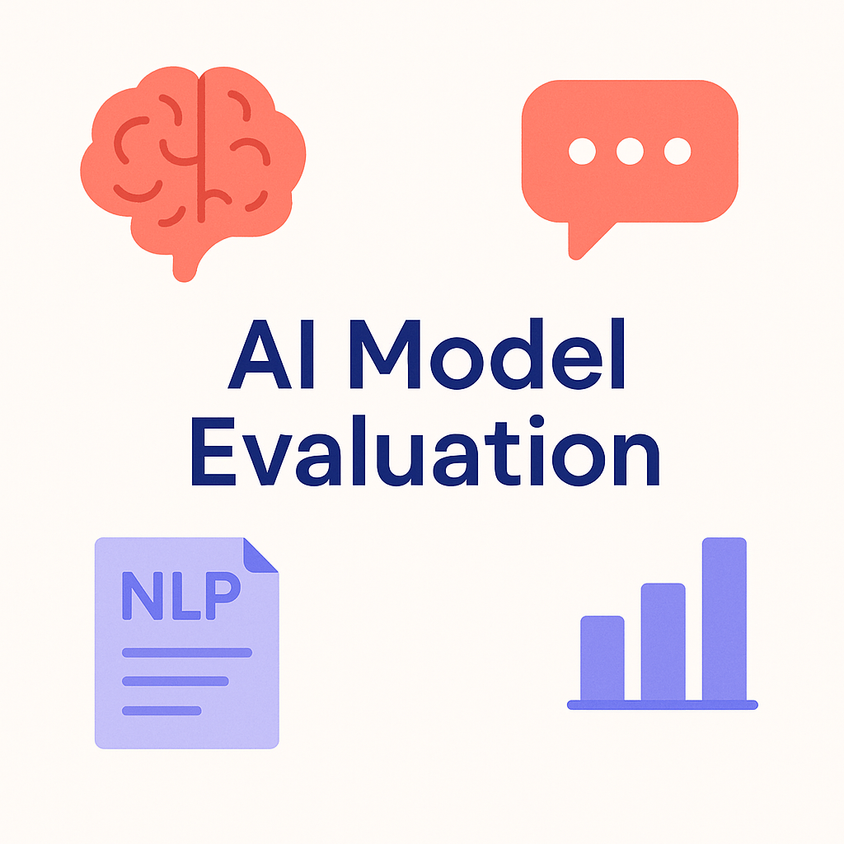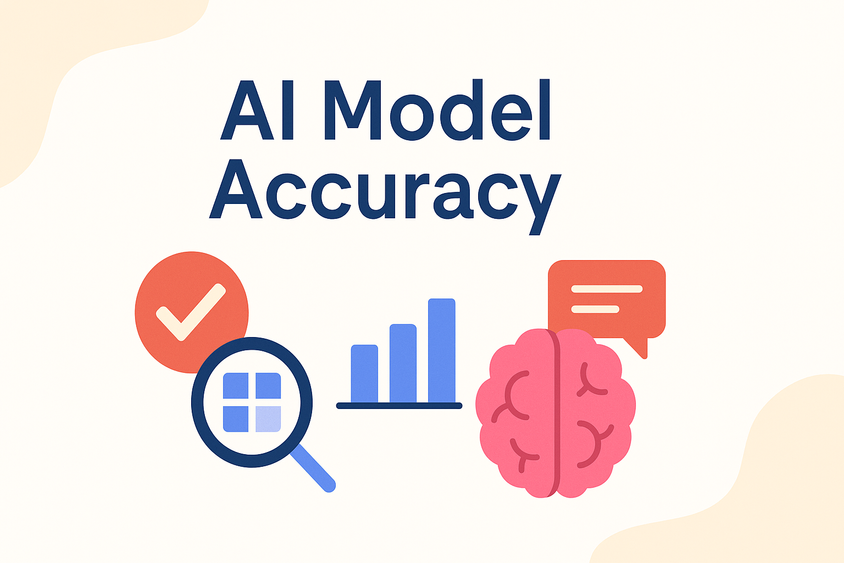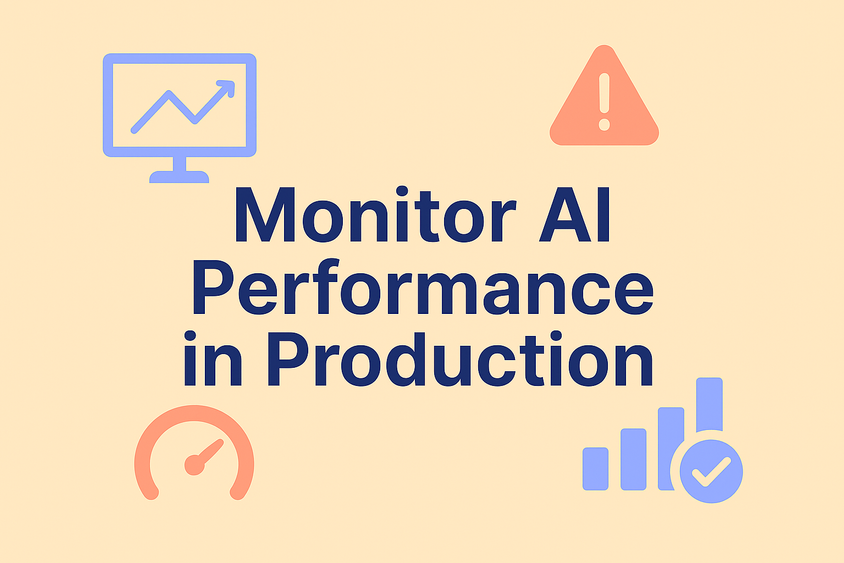How to Evaluate AI Models Effectively
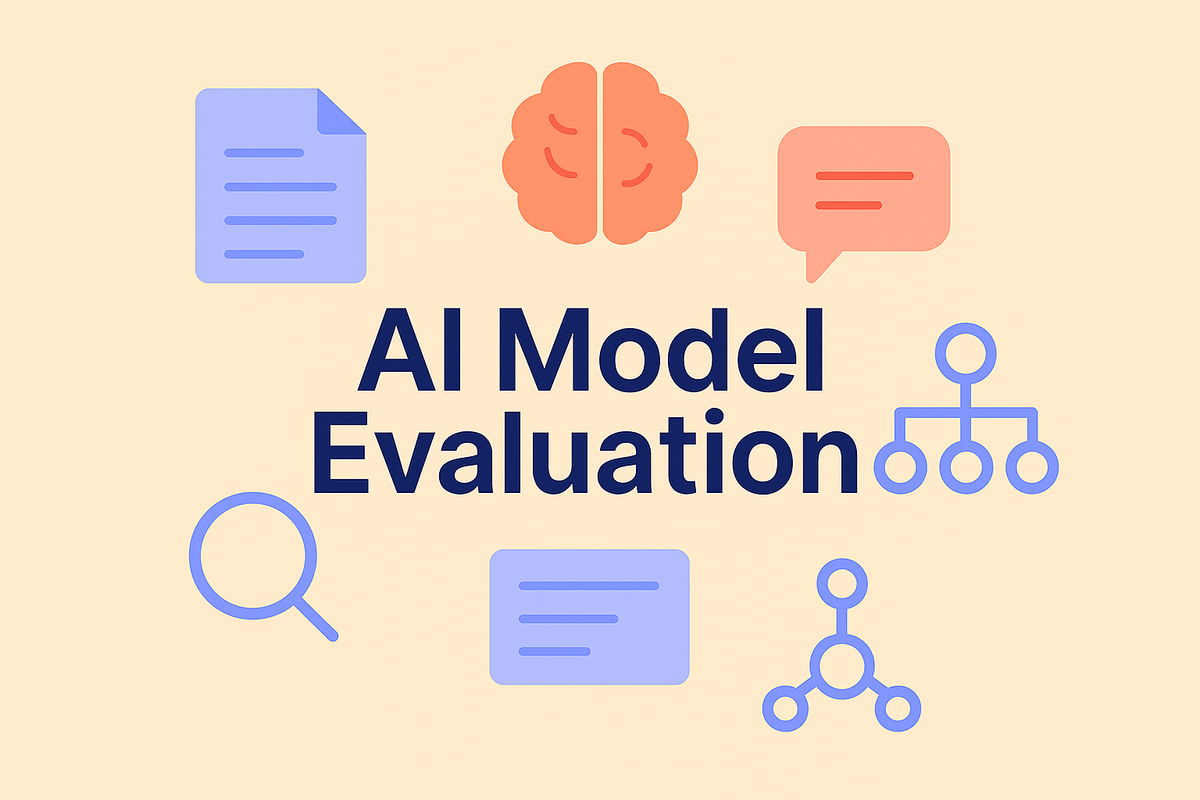
The AI landscape moves fast, but deploying models without proper evaluation is like launching a rocket without a trajectory. Whether you're building a recommendation engine or a language model, AI model evaluation is essential for measuring performance, diagnosing weaknesses, and building trust in your systems.
So, how do you do it right?
1. Define What “Good” Means for Your Use Case
Every model serves a different purpose. A fraud detection system might prioritize recall to catch every suspicious transaction, while a content moderation model may require high precision to avoid flagging false positives. Start by aligning evaluation criteria with your business or research goals.
2. Choose the Right Metrics
Accuracy alone often doesn’t cut it, especially in imbalanced datasets. Consider using:
- Precision and recall for binary classification tasks
- F1 score for balancing the two
- AUC-ROC to measure overall discrimination power
- BLEU/ROUGE for generative tasks like translation or summarization
- Intersection over Union (IoU) for object detection
And for language models, you may also explore more human-centered metrics like toxicity, factuality, or harmlessness.
3. Look Beyond Benchmarks
Benchmarks are a starting point, not an end goal. Many models perform well on curated test sets but struggle in real-world settings. Domain shift, adversarial inputs, or user feedback loops can all introduce unexpected behavior.
That’s why robust evaluation often includes:
- Out-of-distribution testing
- Long-tail case analysis
- Manual error review by human evaluators
4. Use Human-in-the-Loop Feedback
Especially for tasks like moderation, summarization, or Q&A, humans play a critical role in evaluating subjective quality. Structured human review—such as scoring responses or labeling edge cases—can reveal flaws that automatic metrics miss.
Tools like Label Studio let you streamline this process, combining model predictions with human feedback loops. Try Label Studio and start your free trial today.
5. Test for Bias and Fairness
As AI is deployed in high-stakes settings (e.g., hiring, healthcare, finance), fairness matters. Evaluate how your model performs across different demographic groups or regions. Techniques like disaggregated performance metrics and counterfactual testing can help surface hidden bias.
6. Monitor Post-Deployment
Evaluation doesn’t stop at launch. Real-world data drifts, user behavior changes, and model performance can degrade. Monitoring tools and re-evaluation pipelines are critical for long-term model health.
Final Thoughts
AI model evaluation is evolving. It's not just about squeezing out another point of accuracy, it’s about building systems that are reliable, fair, and effective in the real world. The best evaluations combine quantitative rigor with human insight, benchmark testing with real-world feedback.
If your models are making real decisions, make sure you’re asking the right evaluation questions before trusting the answers.
Frequently Asked Questions
Frequently Asked Questions
What is AI model evaluation?
AI model evaluation is the process of measuring how well a machine learning model performs on specific tasks. It involves using metrics, test data, and sometimes human feedback to assess accuracy, reliability, and fairness.
Why is evaluating AI models important?
Without proper evaluation, AI models can make poor decisions, introduce bias, or fail in real-world scenarios. Evaluation ensures your models are not only accurate but also trustworthy and fit for purpose.
What are the most common metrics used in AI model evaluation?
Popular metrics include precision, recall, F1 score, AUC-ROC, BLEU (for language tasks), and IoU (for computer vision). The best metric depends on the task and what outcomes matter most.
How do you evaluate generative AI models like LLMs?
Generative models are often evaluated using automatic metrics like BLEU, ROUGE, or METEOR, along with human review for subjective qualities like coherence, helpfulness, or bias.
